Why geisha disappointed Russians, or The Subtleties of selling love in Japan
By Pictolic https://pictolic.com/article/why-geisha-disappointed-russians-or-the-subtleties-of-selling-love-in-japan.htmlAt the beginning of the XX century, interest in everything Japanese awoke in Europe. This fate did not pass Russia, which had just emerged from the unsuccessful Russian-Japanese war for itself. In 1907 in Geisha arrived in St. Petersburg, who were supposed to introduce the residents of the capital to the culture of a distant country. Tickets to the Hermitage Theater were sold out long before the performance, but the girls in bright kimonos disappointed the audience.
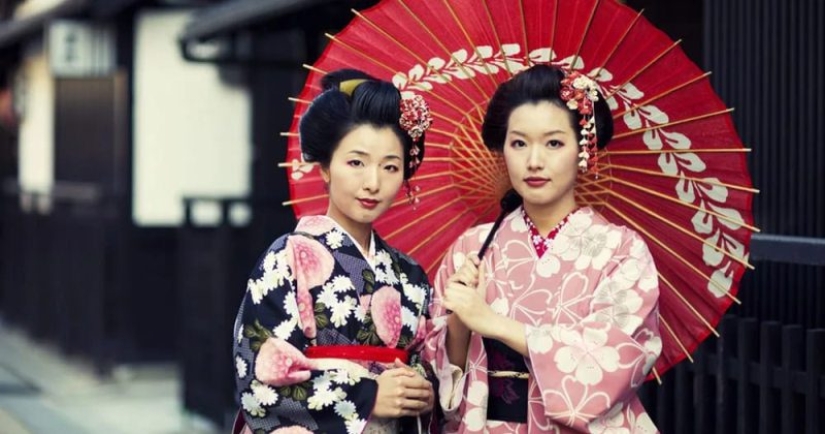
In the view of Russians, geisha are bright, fatal seductresses, skilled in love joys and beautiful as cherry blossoms. On the stage, the residents of St. Petersburg saw several nondescript short women of indeterminate age, with their faces covered with makeup. They sang terribly, and their dance was more like running around the stage with small steps.
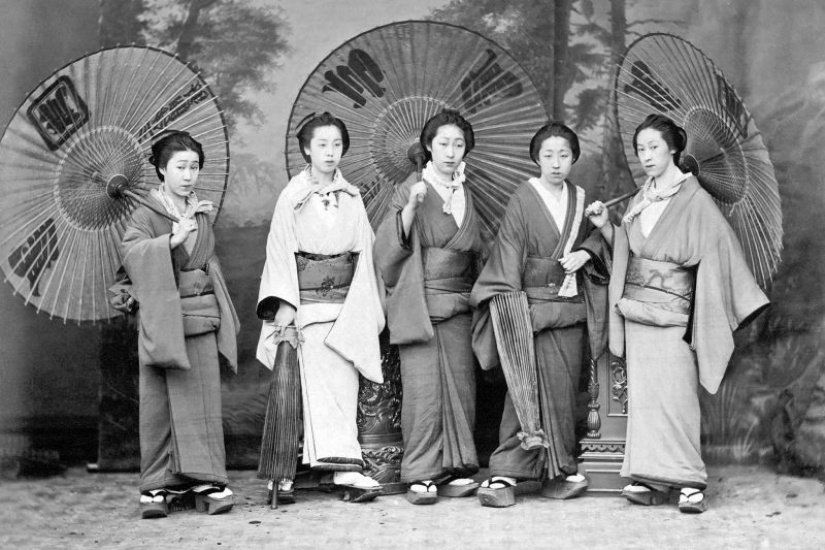
So the residents of Russia for the first time faced the harsh reality and realized that Japanese ideas about sexuality are strikingly different from European ones. Geisha absolutely did not look like fatal beauties and for a Russian person there was absolutely nothing attractive about them.
It sounds strange, but the first geisha were not women, but men. Representatives of the stronger sex have been engaged in this craft for centuries, and the first girl came to this profession only in 1761. In 1775, there were approximately equal numbers of men and women geisha, and by 1800 the advantage in the direction of ladies was already threefold.
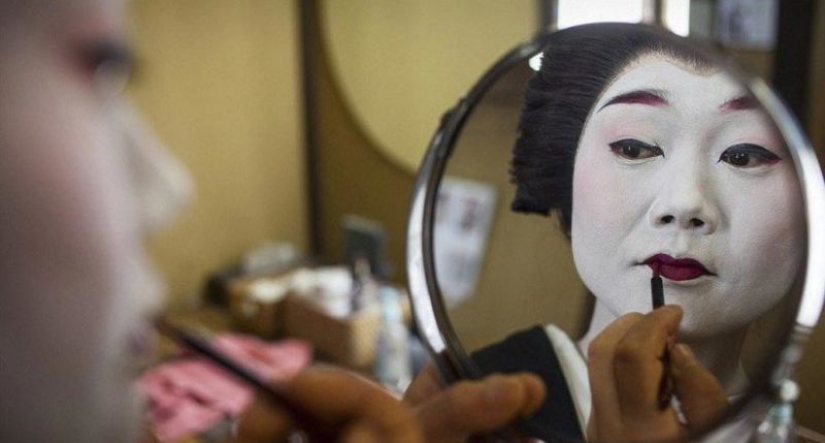
In the XIX century, only women were geisha, and this profession turned from an ordinary one into a prestigious and monetary one. Girls were sent to study for geisha at the age of 10. To work successfully, it was necessary to be able to sing and dance, play musical instruments and maintain a conversation on a variety of topics, ranging from poetry to politics.
Such training was not cheap and many Japanese families took out loans to ensure the child's future. The debt was a heavy burden on the relatives of the geisha and was given for years. If a girl, after completing her studies, found a rich patron, then it was a great success and her parents had a chance to get out of financial bondage very quickly.
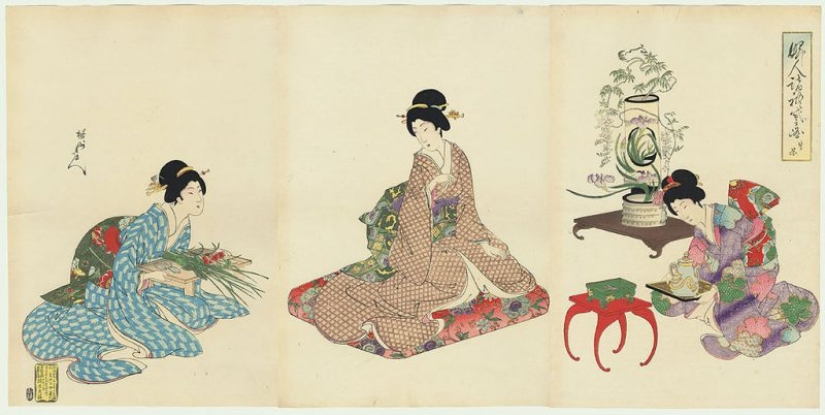
As for appearance, there were no special requirements for geisha. Traditional makeup gave the girl a standard look. Women of this profession paid a lot of attention to their hairstyles, constructing complex compositions, richly flavored with fat and lipstick. Because of this, geisha quickly went bald, but the fact that any other woman is perceived as a misfortune was honorable for them. Sparse hair or even a bald spot was considered a sign of professionalism.
And finally, geisha have never engaged in prostitution. An established stereotype is associated with the fact that women of easy virtue copied the style of geisha in order to attract customers. Sex could be included in the list of services, but the geisha herself made the decision whether to agree or not. These women were considered the guardians of Japanese traditions, national spirit and were respected in society.
Japanese prostitutes yuzo and geisha were united only by the fact that they also went to study as children. Most often, Japanese women got into a special school at 6-7 years old, and at 13-14 they already started working. They were real professionals in their field, capable of surprising the most sophisticated client. But Yuzo's life itself was far from sugar and more like slavery.
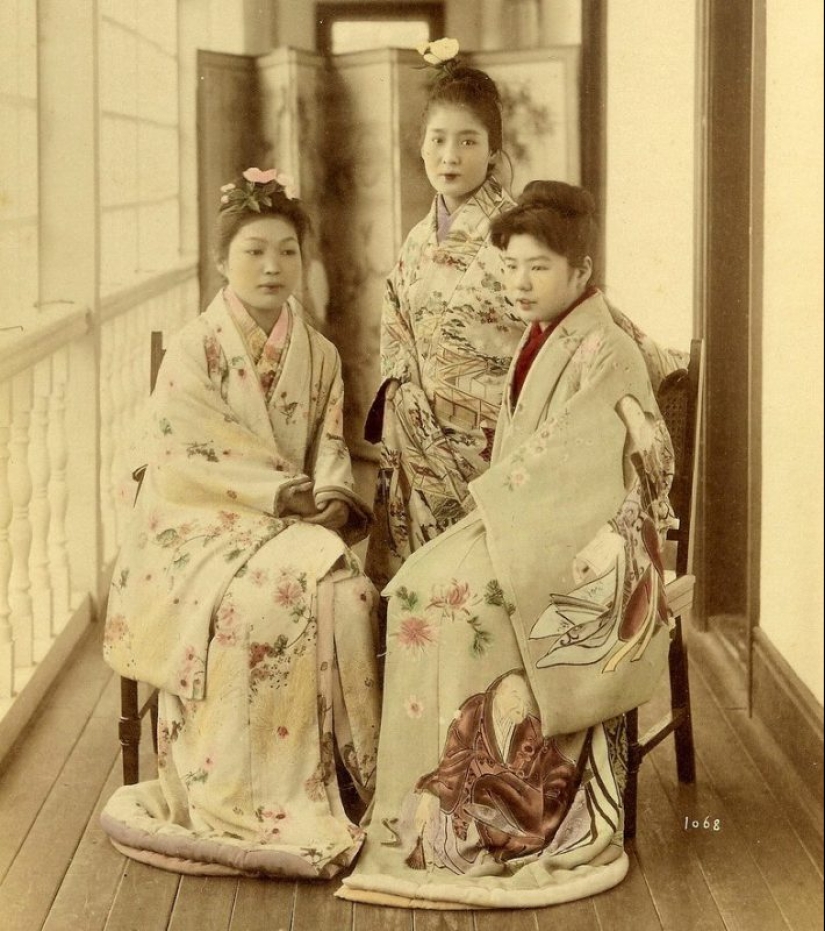
As in the case of geisha, yuzo's training cost a lot of money and the girls had to work them out. In addition, the owner of the brothel provided prostitutes with food, clothes and a roof over their heads, for which yuzo had to pay a separate percentage. Thus, already in the first year of work, the Japanese prostitute got into solid debts that she simply did not have time to pay off.
In the XVII century, Japanese brothels began to be walled off to exclude the escape of girls. Sometimes such cases occurred, but the fugitive yuzo turned out to be outside the law. The girls were searched for and returned to the owner, who brutally beat the fugitive for the edification of others or even killed her, since she was considered his property until she returned all her debts.
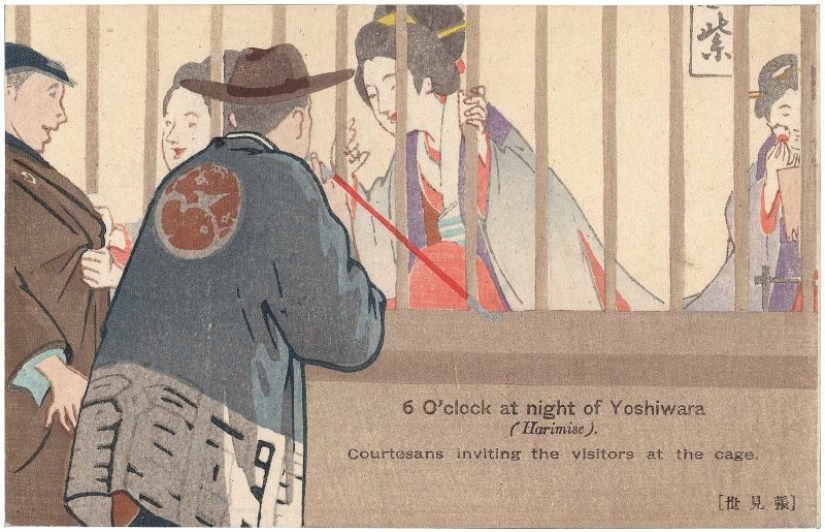
The only way to get freedom for yuzo was to repay the entire debt and make a ransom. Prostitutes simply did not have such money and they spent their whole lives behind the walls of a brothel. The living conditions and food of the girls were Spartan, and the owners of the institution usually saved on medical care. Because of this, yudze's life expectancy was low - venereal diseases and tuberculosis were the most common causes of death of girls, sometimes at very young years.
Despite all the hardships of Yudze's life, it must be said that their life was valued more highly than the life of Thai sampan prostitutes who risked their lives daily to please their clients.
Recent articles

A person is different in that he is able to assess the consequences of his actions. Dogs from this post are distinguished by the ...

Can a person live without a brain? Everyone will answer this question in the negative, but will be wrong. In France, they found a ...

Wild imagination is an essential quality of any artist. And the Dutch illustrator and graphic artist Redmer Hoekstra is also a ...